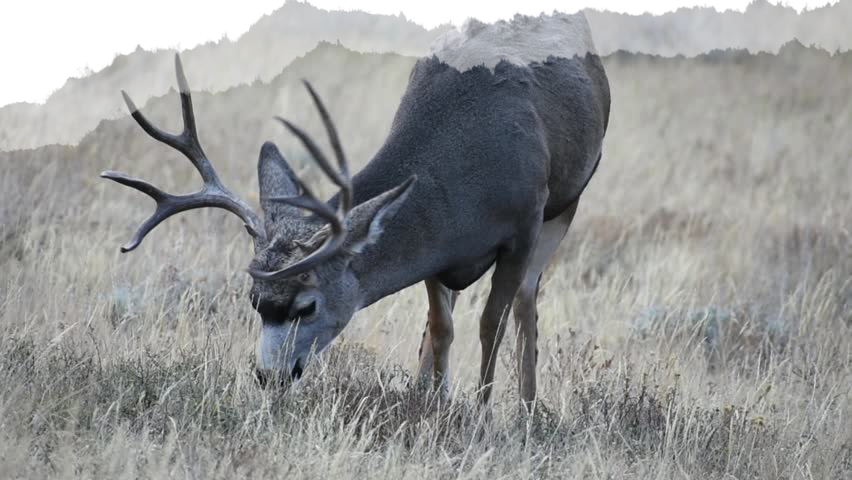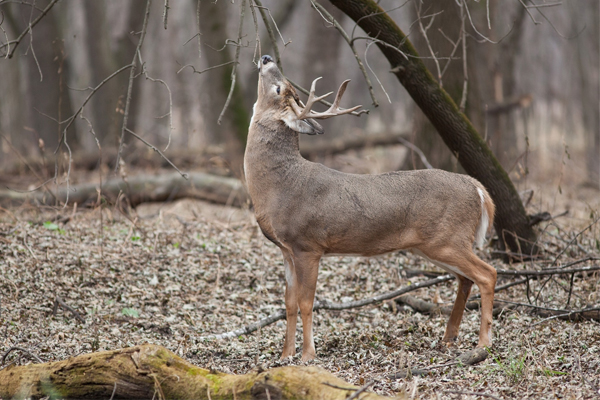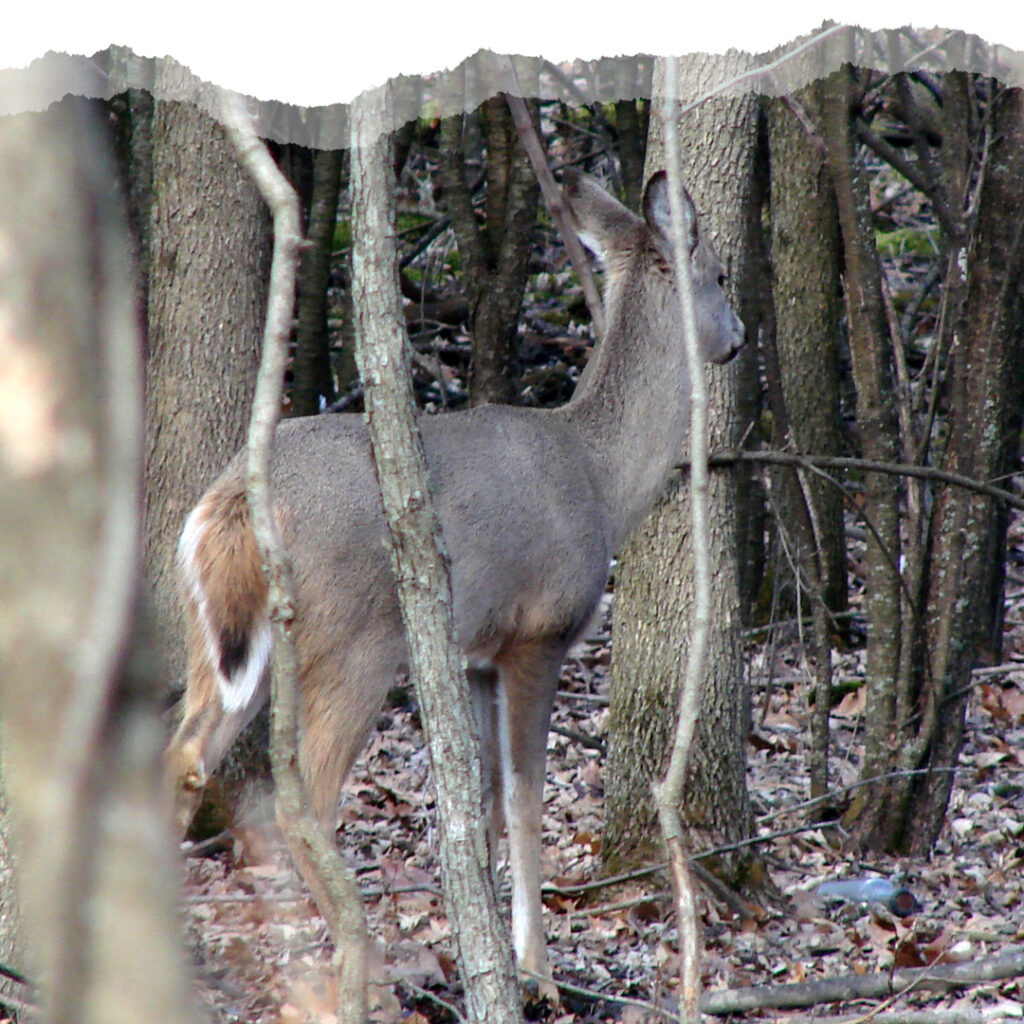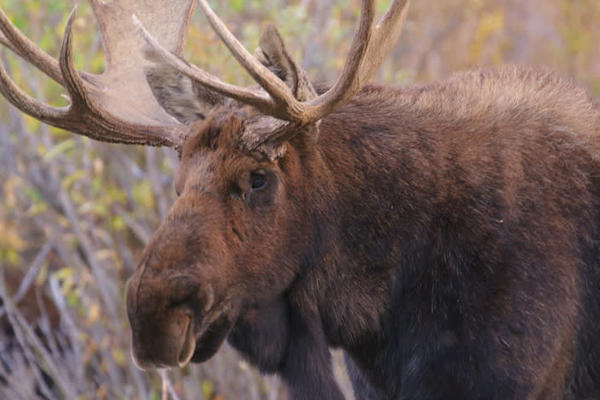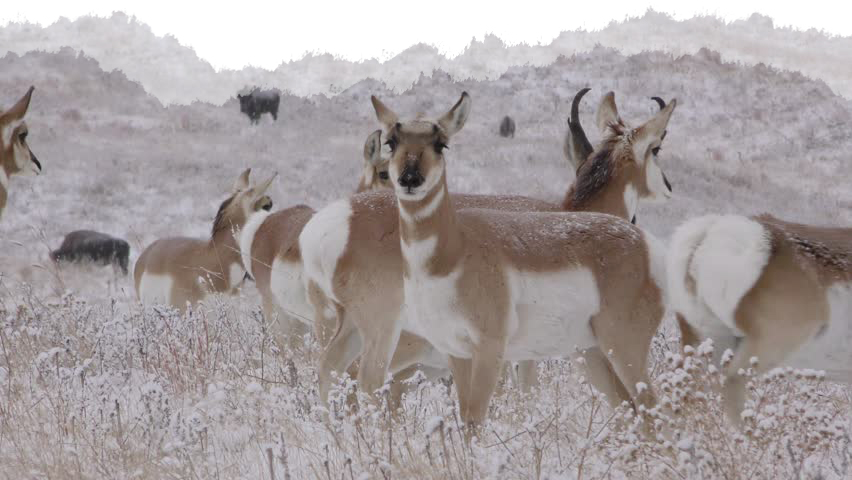
Blacktail Deer
Where are Blacktail Deer found?
Blacktail Deer are a member of the mule deer family, though they have many notable attributes and characteristics that make them unique to themselves. Blacktail Deer are found in Northern America; more specifically, California, Oregon, Washington, the Canadian Province of British Columbia, and Alaska.

Distinctions found among Blacktail Deer.
Blacktails are often regarded as either Columbia blacktails or Sitka blacktails; Sitka blacktails are commonly found within Alaska, while Columbia blacktails occupy all other noted regions. In addition, Sitka blacktails have a meager frame in comparison to Columbia black tails, a ratio of 8o:130 pounds for does and 120:200 pounds for the bucks. Blacktail deer have a reddish-brown tone to their fur in the summertime and an ash to dark brown/gray color in the winter; they have an easily identifiable stark black tail and the bucks have bifurcated antlers that are full-grown at age 4 or 5 years. And they are also nocturnal, preferring the morning and evening hours.

When does rutting season begin for Blacktail Deer?
November to December is the rutting season for blacktails, with fawns born in May or June. Their lifespans are from 9 to 10 years with a typical lifespan of 6 years; Blacktail deer are burdened by a long list of primal adversaries consisting of bears, bobcats, coyotes, wolves, and mountain lions. The deer seek refuge in woodland areas; Blacktail deer are unlike mule deer, being that they spend their lives within an area of a few square miles and only migrate when changing altitude to evade snowfall. Moreover, Blacktail deer tend to prefer a mild, coastal climate, one that is often subject to heavy rainfall. With a vegetarian-based diet from acorns to berries, grasses to woodier growths, Blacktail deer are able to find solace in woodland areas; they often times near the edge of the forest, but have the capability of seemingly vanishing when spooked, which inherently grants them their notoriety of being the “ghosts of the forest.”





